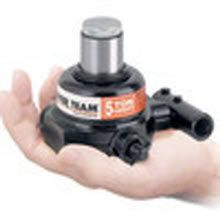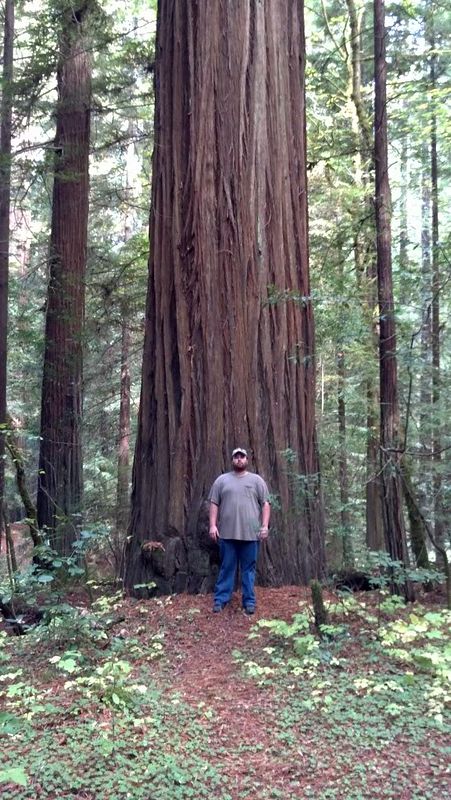Metals406
Granfodder Runningsaw
Careful, the Chinese can has lead in it
Mmmmmm. . . Lead. :drool:

Careful, the Chinese can has lead in it
Please send a mini tree jack. I had one set back today. I pondered it prior to cutting and was amazed when it did go back. I believe it is proof that fences are magnetic, as that is where I had to send it after it sat back and leaned....making my heart rate go up. I put in another cut and then skedaddled, and it worked out.
I brought the tree home in the back of my pickup, and it is now in the pile.
Here's the butchered stump.

The fence barely shows up, but it got hit dead on. Not to worry, Floyd, this is a section that serves no purpose. No cows could escape.

The tiny wedge was killed today.
On a happier note, today went well, except for that *&% tree. Most of them hit the ground on their own. I have more openings in which to send them.
View attachment 203013
View attachment 203014

Paint chips: wall candy
Y I no smrt?
Found ya that jack ya need!

Paint chips, library paste, and pencil erasers...three of the basic food groups for elementary school kids in my home town. It was either that or the turkey al'a king that they served in the cafeteria. Low test scores....really really low.







Paint chips, library paste, and pencil erasers...three of the basic food groups for elementary school kids in my home town. It was either that or the turkey al'a king that they served in the cafeteria. Low test scores....really really low.
Here's a picture from yesterday. Got a lot more when I get time.

Picture it sliced off at belt height.
And the scale written on my hat! Probably 45 bushel.
Yo Cody, what buzactly is a bushel, from what I've read and whatnot it's a certain amount of board feet right?
One bushel = 1,000bf
Thankee Jameson, I kinda wanna learn how to scale a tree too, if I remember right there was a pretty good thread by Nate on it a while back here
The main thing, is scale from the small end, inside the bark, and length is to the nearest foot (or was it nearest even foot?) I've forgotten temporarily.
Maybe a faller will get on here and say how they do it.
Say a cat was scaling a long log, would it be fairly accurate to buck it and then get an average dia. and go from there?
I have no idea what the standard lengths to buck a tree are but say you bucked one at 32' that was 40" on the stump and 20" up top
and you used 30" to get your Doyle scale of 1352 bf
Say a cat was scaling a long log, would it be fairly accurate to buck it and then get an average dia. and go from there?
I have no idea what the standard lengths to buck a tree are but say you bucked one at 32' that was 40" on the stump and 20" up top
and you used 30" to get your Doyle scale of 1352 bf
Enter your email address to join: